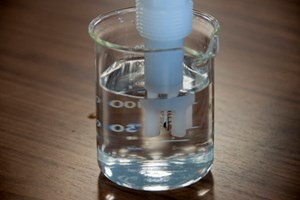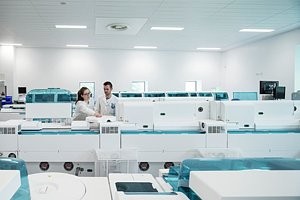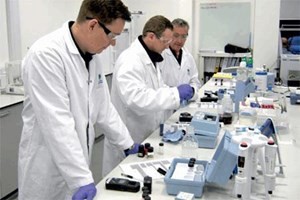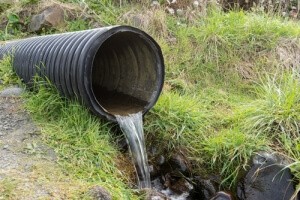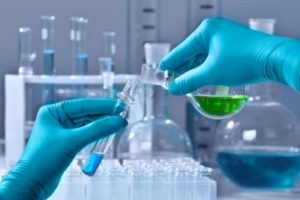What are the classifications of chromatography
Chromatography started in 1903 by the Russian botanist Zvitt. When he was studying the pigment composition of plant leaves, he found that the groups of pigments separated from each other to form bands of different colors. Therefore, the analysts used the
How to use a conductivity meter to detect the quality of pure water
Pure water is an indispensable part of the daily work of the laboratory, but the purity of the water depends on the content of soluble electrolytes in the water. Generally, the water contains extremely small amounts of Na, K, Ca, Mg, CO, CL, SO and other
Basic concepts of complexometric titration
In chemical analysis, the reaction of metal ions with certain reagents to form complexes is often used to determine the content of certain metal ions in a sample. The titration analysis method that utilizes the formation of complexes or complex reactions
Water alkalinity detection method
I have introduced you to the type of alkalinity composition of water before, and I believe you all know the importance of alkalinity for industrial wastewater and sewage treatment. Today we will introduce to you how to determine the alkalinity of water ac
What are the composition types of water alkalinity
The alkalinity of water refers to the total amount of substances contained in the water that can quantitatively interact with strong acids, and is one of the comprehensive characteristic indicators of water quality. The alkalinity in water is mainly forme
What are the influencing factors of silver nitrate titration of chloride in water
There are many methods for the determination of chloride in water quality testing. Among them, the silver nitrate titration method requires the simplest equipment and can be used for the determination of clean water. At the same time, it can also be appli
The principle of Kjeldahl method to detect the content of ammonia nitrogen in water
Kjeldahl nitrogen refers to the nitrogen content in water measured by the Kjeldahl method. It includes ammonia nitrogen and organic nitrogen compounds. Such organic nitrogen compounds refer to proteins, amino acids, nucleic acids, urea and a large number
The preparation method of reagent when detecting Fe2+ in water
Heavy metal detection accounts for a considerable proportion of water pollution, and heavy metals are highly toxic. Excessive heavy metals in water are very harmful to the ecological environment and human health. Today we will introduce the principle of F
Detection method of biochemical oxygen demand in water
Biochemical oxygen demand detection refers to the amount of dissolved oxygen consumed by the biochemical process carried out by microorganisms decomposing certain oxidizable substances in water, especially organic matter, under aerobic conditions. This bi
Principle of water quality detection by direct potential method
The direct potentiometric method used in water quality detection is a quantitative analysis method by measuring the electromotive force in the galvanic cell. In the potentiometric method, the galvanic cell consists of two electrodes. An indicator electrod





